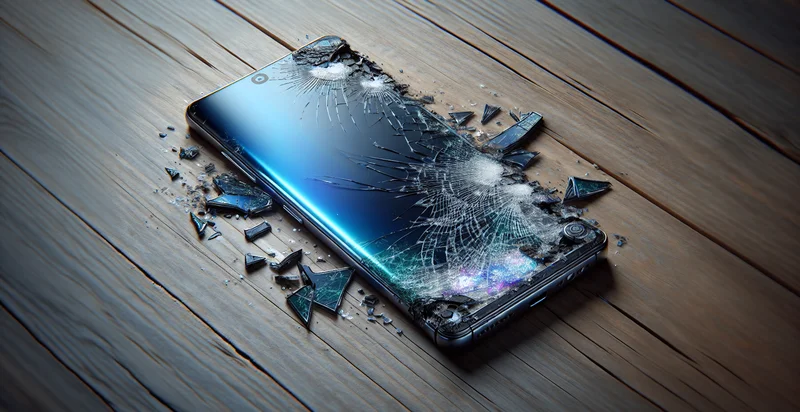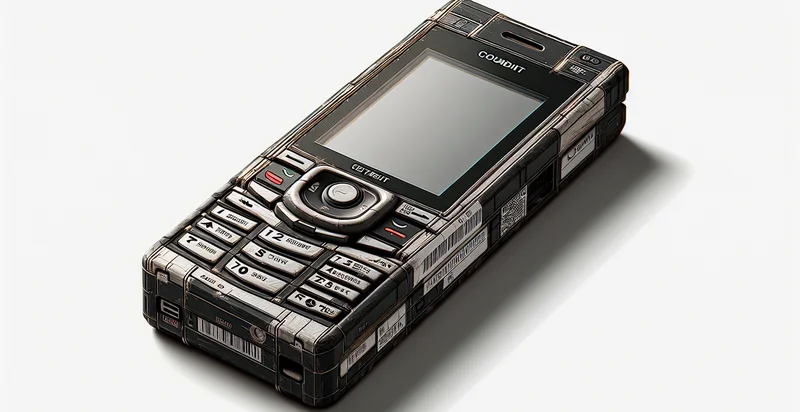Identify if phone is damaged
using AI
Below is a free classifier to identify if phone is damaged. Just upload your image, and our AI will predict if the phone is damaged - in just seconds.

Contact us for API access
Or, use Nyckel to build highly-accurate custom classifiers in just minutes. No PhD required.
Get started
import nyckel
credentials = nyckel.Credentials("YOUR_CLIENT_ID", "YOUR_CLIENT_SECRET")
nyckel.invoke("if-phone-is-damaged", "your_image_url", credentials)
fetch('https://www.nyckel.com/v1/functions/if-phone-is-damaged/invoke', {
method: 'POST',
headers: {
'Authorization': 'Bearer ' + 'YOUR_BEARER_TOKEN',
'Content-Type': 'application/json',
},
body: JSON.stringify(
{"data": "your_image_url"}
)
})
.then(response => response.json())
.then(data => console.log(data));
curl -X POST \
-H "Content-Type: application/json" \
-H "Authorization: Bearer YOUR_BEARER_TOKEN" \
-d '{"data": "your_image_url"}' \
https://www.nyckel.com/v1/functions/if-phone-is-damaged/invoke
How this classifier works
To start, upload your image. Our AI tool will then predict if the phone is damaged.
This pretrained image model uses a Nyckel-created dataset and has 2 labels, including Phone Is Damaged and Phone Is Not Damaged.
We'll also show a confidence score (the higher the number, the more confident the AI model is around if the phone is damaged).
Whether you're just curious or building if phone is damaged detection into your application, we hope our classifier proves helpful.
Related Classifiers
Need to identify if phone is damaged at scale?
Get API or Zapier access to this classifier for free. It's perfect for:
- Customer Support Automation: Implementing the 'if phone is damaged' identifier can streamline customer support processes by automatically assessing the condition of returned devices. This allows support agents to focus on relevant issues while reducing response times and improving customer satisfaction.
- E-commerce Return Processing: Online retailers can leverage this function to quickly identify damaged phones during the return process. By automating the assessment of returns, businesses can enhance efficiency, reduce processing costs, and improve inventory management.
- Insurance Claim Verification: Insurance companies can utilize the classification function to assess damage for claims related to mobile devices. This helps in speeding up the verification process, minimizing fraudulent claims, and ensuring legitimate claims are processed accurately and efficiently.
- Quality Control in Manufacturing: Manufacturers can integrate this function into their quality control systems to inspect phones before they reach consumers. By identifying potential damages early in the production line, companies can reduce waste, improve product quality, and enhance customer satisfaction.
- Retail Store Damage Assessment: Retailers can use the image classification system in-store to quickly assess damage on display devices. This allows staff to mark products that require repair or replacement, ensuring that customers only see fully functional devices.
- Warranty Assessment and Management: Service centers can utilize this function to determine if a device is damaged during warranty periods. This helps in making informed decisions about repairs and replacements, thereby improving customer relations and service efficiency.
- Secondary Market Evaluation: The function can assist businesses in the resale market by accurately evaluating the condition of pre-owned phones. This ensures fair pricing, enhances buyer confidence, and improves the overall transaction experience for both sellers and buyers.


